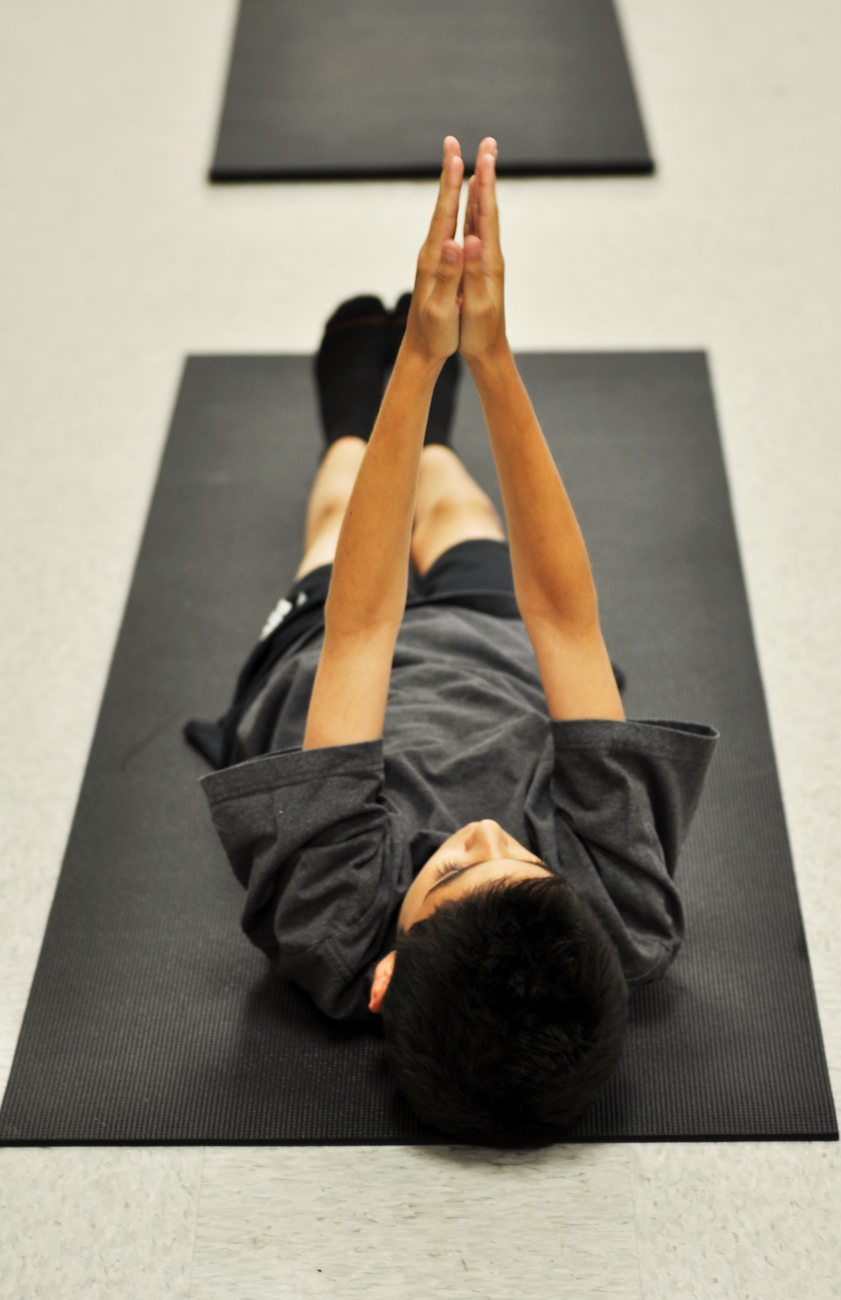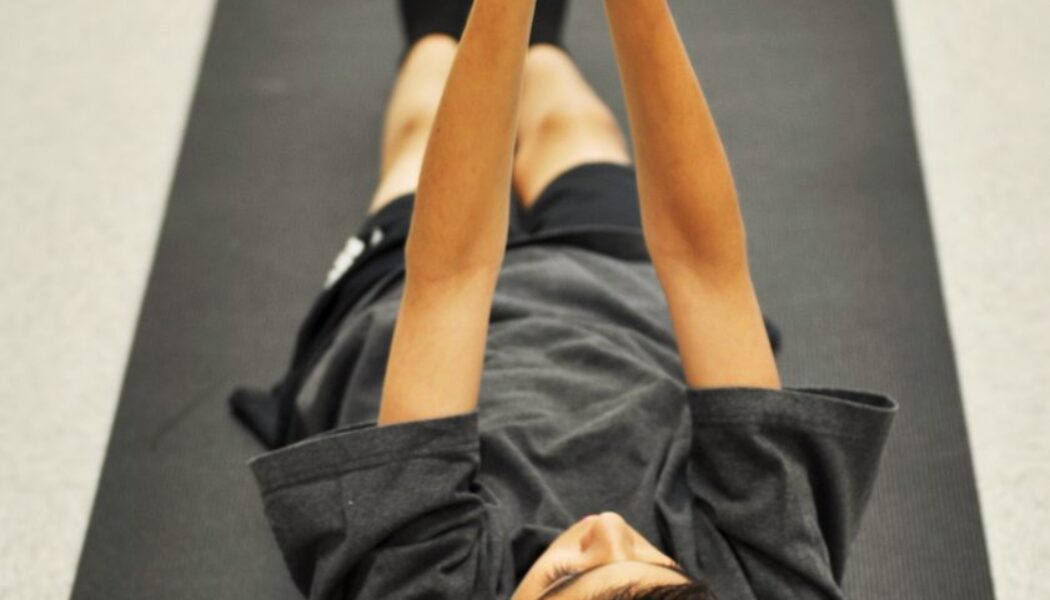There are many strategies used for improving behavior in children with autism and special needs.
These include: visual aides to foster communication and understanding, sensory activities to support sensory needs and token/reward systems to increase desired behaviors and decrease undesired behaviors. These strategies, if implemented consistently can be highly effective across a variety of settings.
Over the years I have incorporated yoga in my classroom setting as a complementary and holistic approach to addressing challenging behaviors and have seen incredibly positive results. Teaching yoga, physical poses, breathing and visualization strategies can be an effective way to improve behavior of children with special needs in the home, school and after school settings.
Implementing yoga in the home, school or after school setting as a behavior management strategy can be tremendously effective in creating a calmer, more peaceful environment
How Does the Practice of Yoga Improve Behavior?
Many children with sensory integration difficulties, communication deficits and heightened levels of anxiety may display disruptive or inappropriate behaviors in an attempt to get vestibular or proprioceptive input (sensory input) in response to difficulty with communication and/or as a means of expressing anxiety, frustration or other difficult emotions.
Physical postures (asanas)
These support sensory regulation and decrease anxiety, which directly affects emotional and behavioral regulation. The poses along with breathing help children develop focus, concentration, and in many cases, impulse control.
Breathing strategies (pranayama)
These support children in calming their nervous systems, releasing tension and stress in the body as well as releasing difficult or uncomfortable emotions.
Visualization strategies
These support children in developing meditation skills, increasing imagination, focus, concentration and even language and vocabulary skills. Visualization and guided imagery increases the relaxation response and soothes the nervous system.
A study about Yoga and Improving Behavior was recently published in the American Journal of Occupational Therapy. The results of the study showed improvement of behaviors in the children with autism who practiced yoga consistently over a 16 week period.

Simple Suggestions for Incorporating Yoga into a School or After School Setting:
- Teach child/children simple yoga poses and breathing exercises with the use of visuals, games, repetition and fun and motivating activities.
- Set aside a “yoga space” in the classroom or after school setting with visuals of poses and breathing exercises for children to access when needed. Simple yoga stretches and breathing exercises can be done seated in a chair (chair yoga) in order to minimize disruption of the classroom routine.
- Incorporate “yoga breaks” throughout the day in order to encourage movement, stretching and breathing. This provides an opportunity to reset. Studies show that movement breaks throughout the day increase focus and concentration. Certain poses that cross the midline increase communication between the left and right hemispheres of the brain, which supports learning, movement and coordination and is thought to help develop new neuro-pathways in the brain.
- Encourage children to engage in breathing strategies or yoga stretches when they become upset, agitated or experience anxiety as a replacement behavior or alternative behavior to acting out or exhibiting inappropriate behaviors.
Benefits of Using Yoga with Children:
- When children are calmer and have coping skills such as breathing exercises and physical poses to manage difficult emotions such as anger, frustration and anxiety they are less likely to exhibit behaviors.
- When children have the opportunity to move throughout the day, they are less likely to be as impulsive or disruptive.
- When children are mindful of their breathing and learn to self-regulate their body and emotions, they are more open to learning and are more comfortable in their own bodies.
- Implementing yoga in the home, school or after school setting as a behavior management strategy can be tremendously effective in creating a calmer, more peaceful environment as well as calmer, more peaceful children.
Why wouldn’t we want to make this a part of our children’s experience and lives?
For breakfast I had steel cut cinnamon coconut oatmeal with warm Asian pears and red walnuts.
Author Profile: @yogabyshawnee
